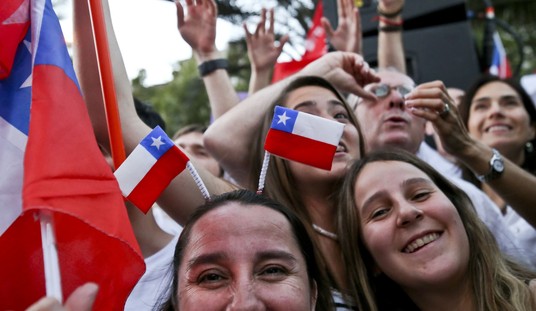In a mysteriously-deleted Medium post, researcher A.J. Kay argued “The Curve Is Already Flat” on coronavirus growth. Fortunately, the item was picked up and republished by Tracy Beanz at UncoverDC so you can decide for yourself.
Kay reminds us that the “hypothetical COVID curve” is based on “assumptions about when COVID was brought to the US, the speed of its transmission, and the ability of our healthcare system to accommodate the most severely affected patients.” The sooner the curve goes flat, the less chance of the entire healthcare system becoming overwhelmed and the more victims that can be saved.
Establishing the curve requires a bit of guesswork and incomplete information. The missing data is the real number of people actually infected by the coronavirus and suffering from COVID-19, whether they’re symptomatic or not. In the absence of widespread and constant testing, that information is and will remain woefully incomplete. But it’s the first item — the guesswork — where things get really complicated.
ASIDE: To be clear, this article is about the Chinese coronavirus from Wuhan, a city in China ruled by Chinese Communists where the Chinese-sourced Sino-virus came from.
The “seed date,” Kay explains, “is a term used in pandemic epidemiology to identify when a disease was first established in a specific location.” The problem with identifying America’s seed date for the Wuhan coronavirus is that China has not been exactly forthcoming with reliable data. That’s the nice way of saying that the Communist government has engaged in propaganda, obfuscation, lies, and false charges of racism rather than a frank admission and discussion of the facts.
Kay continues that line of thought:
When the Imperial College [curve] model relied on Chinese data about the origins of COVID-19 and presumed that COVID was seeded in the United States in early January, they were likely predicating their output on flawed input.
Because the first confirmed case of COVID in the United States was identified 20 January in Washington State, setting the seed date a week or two earlier must have seemed reasonable.
It is not.
It was two long months between the time China admits the outbreak started in Wuhan and when the test sequence for the virus was released. As Kay notes, “there were at least 60 days of undocumented spread of a highly transmissible, often asymptomatic virus.”
I added the emphasis.
Going back to December, a month or more before the first known case of COVID-19 in the U.S., this country was already experiencing one of its deadliest flu seasons ever. There’s a lot of overlap between the symptoms of the six common flu strains and COVID-19, the most obvious one being fever. So if American doctors didn’t know to look for something other than typical winter flu — thanks to Beijing’s attempted coverup — we had no way of knowing how many of those awful flu cases in late 2019 may have actually been caused by the more exotic Wuhan coronavirus.
Kay concludes:
The path forward for COVID response, US healthcare, and the global economy is very different when you assume November 2019 was the beginning of the pandemic. Shifting the COVID seed date 60 days back in time means the impending peak that everyone fears 60 days from now may be happening in real-time.
I’d add that Kay has a very personal stake in the outcome, suffering from a liver cancer she can’t get “elective” treatment during the shutdown. But she also seems to have some good data and solid analysis, so I’d encourage you to click over, read the whole thing, and make up your own mind. Sitting here on Day 25 of having my kids home from school, Kay’s piece has me cautiously optimistic that if the worst isn’t quite over that it soon could be.
None of this is to say that it’s safe to run around the neighborhood licking doorknobs or grabbing lunch at your local Bat-on-a-Stick. But if we truly have flattened the curve already — and social distancing played a factor in that, no matter how inconvenient — then we might just be looking at a couple of weeks rather than months of this gawdawful shutdown.










Join the conversation as a VIP Member